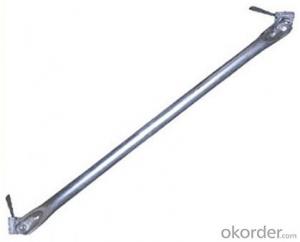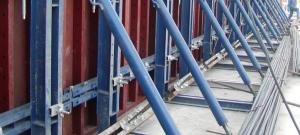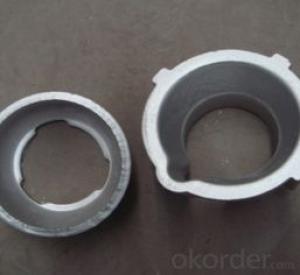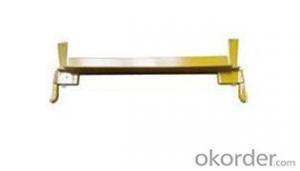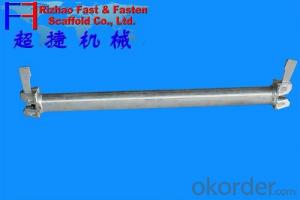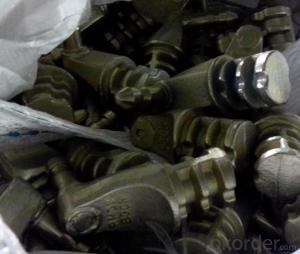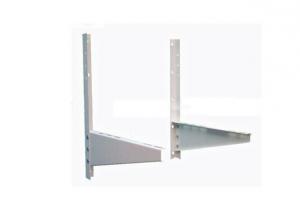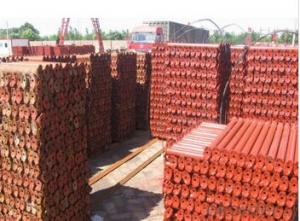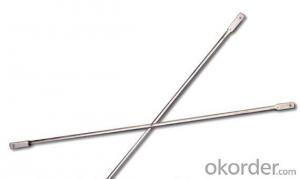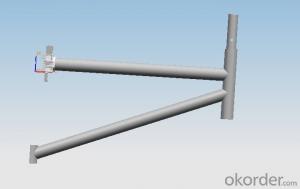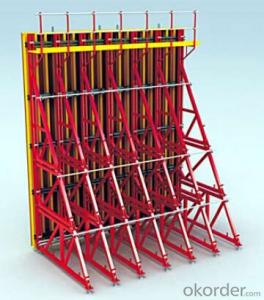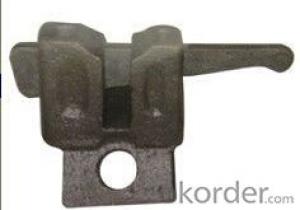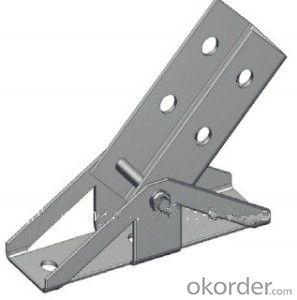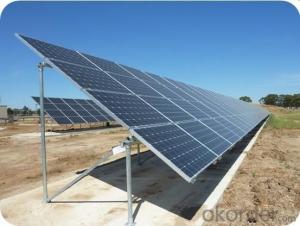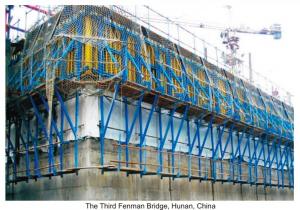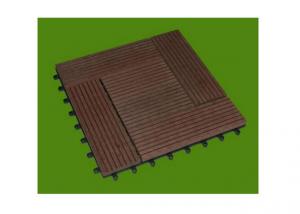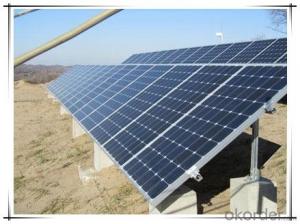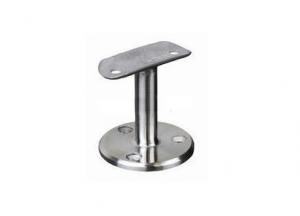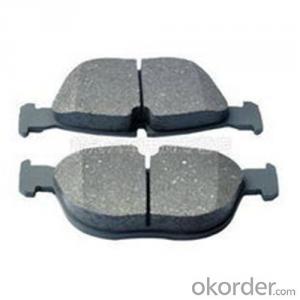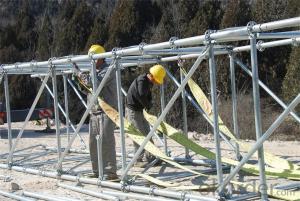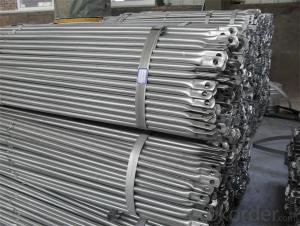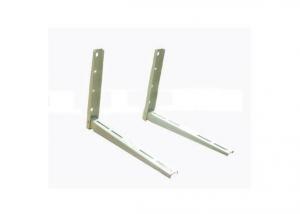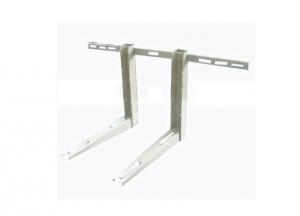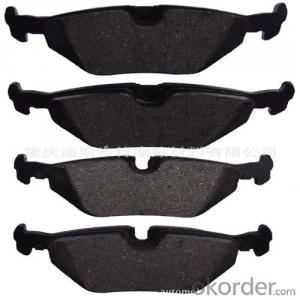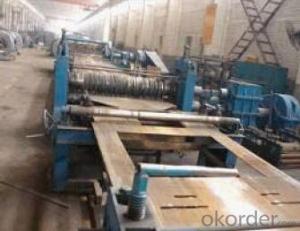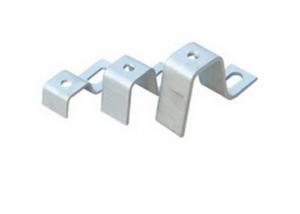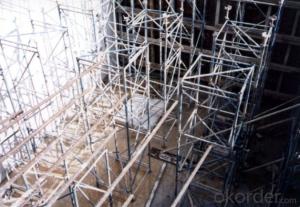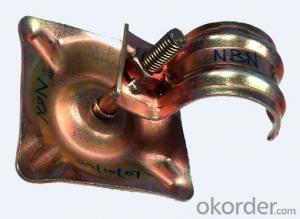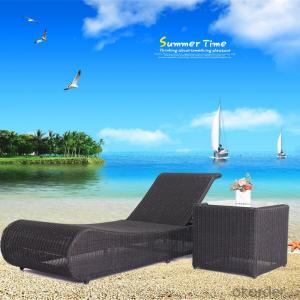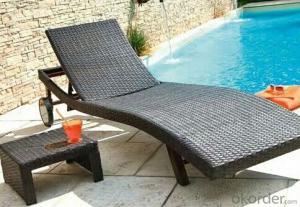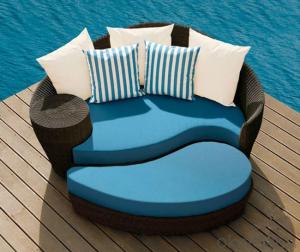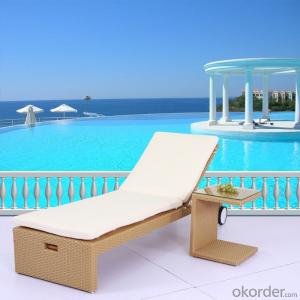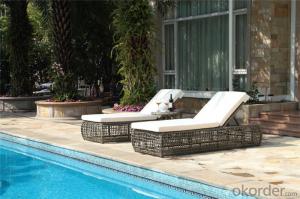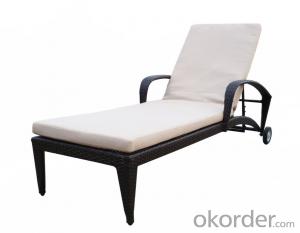Dayton Superior Bridge Overhang Brackets
Dayton Superior Bridge Overhang Brackets Related Searches
C 49 Bridge Overhang Bracket Overhang Deck Barrier Fence Netting Single Span Bridge Rockfall Barriers Drainage Fittings Drop Down Pendant Lights Drywall Drop Ceiling Tiles Drywall Ceiling Hangers Detroit Ball Bearing Overhead Crane Inspection Dam Lining Protective Netting Home Spotlights Lighting Outdoor House Spotlights Double Extension Drawer Slides Offset Patio Umbrellas On SaleDayton Superior Bridge Overhang Brackets Supplier & Manufacturer from China
Dayton Superior Bridge Overhang Brackets are a range of high-quality construction products designed to provide support and stability to bridge structures. These brackets are engineered to withstand the weight and pressure exerted by the bridge, ensuring safety and durability. They are made from robust materials and are known for their reliability in various bridge construction projects.The Dayton Superior Bridge Overhang Brackets are widely used in the construction and maintenance of bridges, particularly in the areas where overhang support is required. These brackets are essential in providing additional reinforcement to the bridge's structure, helping to distribute the load evenly and prevent any potential structural failures. They are commonly employed in both new bridge construction and the retrofitting of existing bridges to enhance their stability and longevity.
Okorder.com is a prominent wholesale supplier of Dayton Superior Bridge Overhang Brackets, boasting a vast inventory to cater to the needs of various construction projects. The company is committed to providing top-notch products at competitive prices, ensuring that customers receive the best value for their investment. With a strong focus on customer satisfaction, Okorder.com offers a seamless purchasing experience, making it the go-to source for Dayton Superior Bridge Overhang Brackets and other construction essentials.
Hot Products
